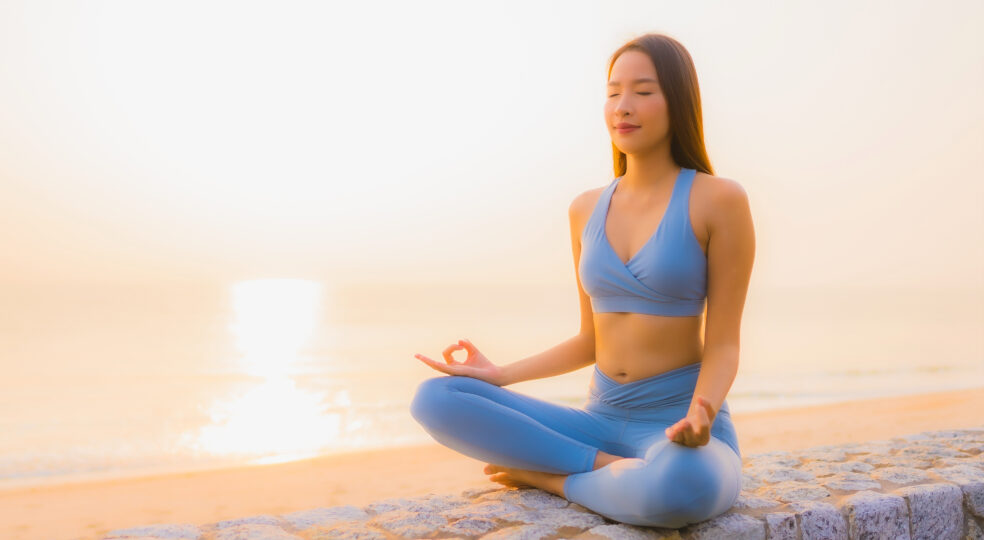In today’s fast-paced world, stress has become a common part of life for many people. From work deadlines to family responsibilities, it’s easy to feel overwhelmed and anxious.
However, finding ways to relax and unwind is essential for both your physical and mental well-being. In this article, we’ll explore some effective relaxation techniques that can help you reduce stress and find inner peace.
Deep Breathing
Deep breathing is one of the simplest and most effective relaxation techniques. By focusing on your breath, you can calm your mind and reduce stress levels.
To practice deep breathing, find a quiet place to sit or lie down. Close your eyes and take a slow, deep breath in through your nose, allowing your belly to rise.
Then, slowly exhale through your mouth, emptying your lungs completely. Repeat this process several times, focusing on the sensation of your breath as it enters and leaves your body.
Progressive Muscle Relaxation
Progressive muscle relaxation is a technique that involves tensing and then relaxing different muscle groups in your body. Start by finding a comfortable position and taking a few deep breaths.
Then, focus on one muscle group at a time, starting with your toes and working your way up to your head.
Tense each muscle group for a few seconds, then release the tension and allow the muscles to relax completely. Pay attention to the difference between the feeling of tension and relaxation in each muscle group.
Mindfulness Meditation
Mindfulness meditation is a practice that involves bringing your attention to the present moment without judgment. To practice mindfulness meditation, find a quiet place to sit comfortably and close your eyes. Bring your attention to your breath, noticing the sensation of each inhale and exhale.
When your mind wanders, gently bring your focus back to your breath without judging yourself. With regular practice, mindfulness meditation can help reduce stress and increase feelings of calm and well-being.
Visualization
Visualization is a relaxation technique that involves imagining a peaceful and calming scene. Close your eyes and imagine yourself in a place where you feel safe and relaxed, such as a beach or a quiet forest. Picture the scene in as much detail as possible, using all of your senses.
Notice the sights, sounds, and smells of the environment, and allow yourself to fully immerse in the experience.
Visualization can help reduce stress and anxiety by taking your mind off of your worries and allowing you to focus on something positive and soothing.
Yoga
Yoga combines physical postures, breathing exercises, and meditation to promote relaxation and reduce stress. Practicing yoga regularly can help increase flexibility, strength, and balance, as well as improve mental clarity and focus.
There are many different styles of yoga to choose from, so you can find a practice that suits your needs and preferences. Whether you’re looking for a gentle, restorative practice or a more vigorous, sweat-inducing workout, there’s a yoga style for you.
Conclusion
Incorporating relaxation techniques into your daily routine can help you reduce stress, improve your mood, and find inner peace. Whether you prefer deep breathing, progressive muscle relaxation, mindfulness meditation, visualization, or yoga, there are plenty of options to choose from.
Experiment with different techniques to find what works best for you, and make relaxation a priority in your life. Your body and mind will thank you for it.

Leave feedback about this